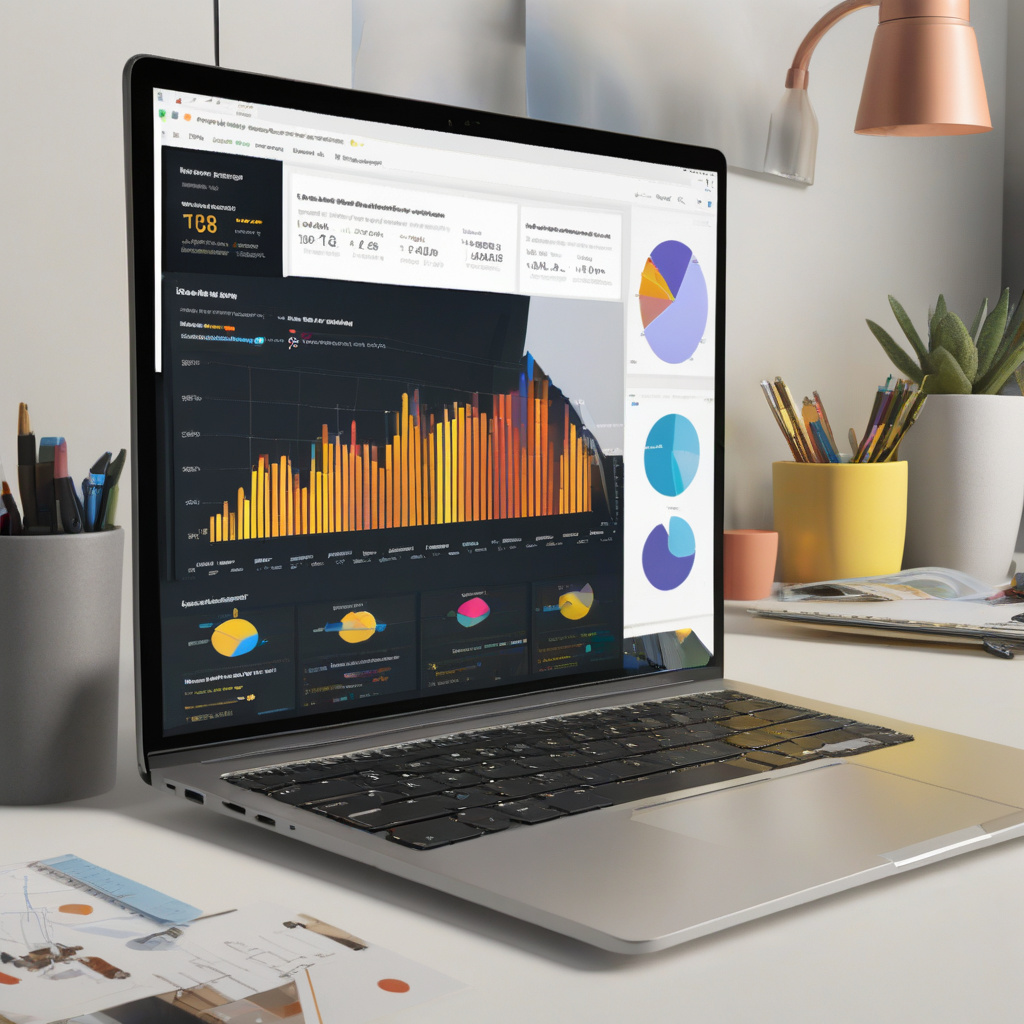A Beginner’s Guide to Spark UI: Concepts and How to Use It
If you’ve dabbled in handling massive amounts of data, ventured into data engineering, or are considering entering this field, you’ve likely encountered Apache Spark. This distributed data processing system is a powerhouse in the realm of big data analytics. Unlike traditional storage systems, Apache Spark serves as a unified computing engine complemented by a suite of libraries tailored for parallel data processing across computing clusters.
Apache Spark can be seamlessly set up either locally on your system or on the cloud through platforms like AWS EMR, AWS Glue, Google Cloud Dataproc, or Databricks. Before diving into the intricacies of Apache Spark, it’s crucial to grasp the fundamentals such as Spark UI, RDDs (Resilient Distributed Datasets), DataFrames, Transformations/Actions, Jobs, Stages, and Tasks. These foundational concepts lay the groundwork for harnessing the full potential of Apache Spark.
Understanding Spark UI
At the core of monitoring and optimizing Apache Spark applications lies Spark UI. This web-based user interface provides comprehensive insights into the performance and behavior of your Spark applications. By leveraging Spark UI, you gain visibility into various metrics, including job progress, resource utilization, and task execution details. This real-time monitoring tool empowers you to fine-tune your Spark applications for enhanced efficiency and performance.
Spark UI acts as a control center where you can delve into the execution details of tasks, identify bottlenecks, and optimize resource allocation. With its intuitive interface, Spark UI simplifies the process of tracking job execution flow, analyzing DAG (Directed Acyclic Graph) visualizations, and diagnosing potential issues within your Spark jobs. By harnessing the power of Spark UI, you can elevate your data processing capabilities and streamline the performance of your Spark applications.
Leveraging Spark UI for Enhanced Performance
One of the key benefits of utilizing Spark UI is its ability to provide in-depth insights into the execution of Spark jobs. By monitoring the stages, tasks, and resource utilization through Spark UI, you can pinpoint areas that require optimization and fine-tune your Spark applications for optimal performance. For instance, by analyzing the DAG visualization in Spark UI, you can identify dependencies between tasks, optimize data shuffling, and streamline the execution flow to expedite job completion.
Moreover, Spark UI offers visibility into the resource allocation across nodes in a cluster, enabling you to allocate resources efficiently based on the workload requirements of your Spark applications. By leveraging Spark UI to monitor and adjust resource utilization, you can prevent resource contention, enhance task parallelism, and maximize the overall throughput of your Spark jobs. This proactive approach to resource management empowers you to optimize the performance of your Spark applications and achieve better scalability and responsiveness.
Embracing Spark UI for Real-Time Monitoring
In the fast-paced landscape of big data processing, real-time monitoring is essential for ensuring the smooth operation of Spark applications. Spark UI plays a pivotal role in enabling real-time monitoring by providing instant updates on job progress, task execution, and resource utilization. With Spark UI, you can track the performance metrics of your Spark applications in real time, identify performance bottlenecks, and take proactive measures to enhance the efficiency of your data processing workflows.
Additionally, Spark UI offers interactive visualizations and detailed logs that facilitate troubleshooting and performance tuning. By leveraging the real-time monitoring capabilities of Spark UI, you can detect anomalies, optimize resource allocation on-the-fly, and make data-driven decisions to improve the overall performance of your Spark applications. This proactive monitoring approach empowers you to address issues promptly, optimize job execution, and deliver results with greater speed and accuracy.
Conclusion
In conclusion, Spark UI serves as a powerful tool for monitoring, optimizing, and fine-tuning Apache Spark applications. By understanding the core concepts of Spark UI and leveraging its capabilities for real-time monitoring and performance optimization, data engineers can elevate their data processing workflows to new heights. Whether you are running Apache Spark locally or on the cloud, integrating Spark UI into your workflow can significantly enhance the efficiency, scalability, and performance of your Spark applications. So, roll up your sleeves, dive into Spark UI, and unlock the full potential of Apache Spark for your data engineering endeavors.

